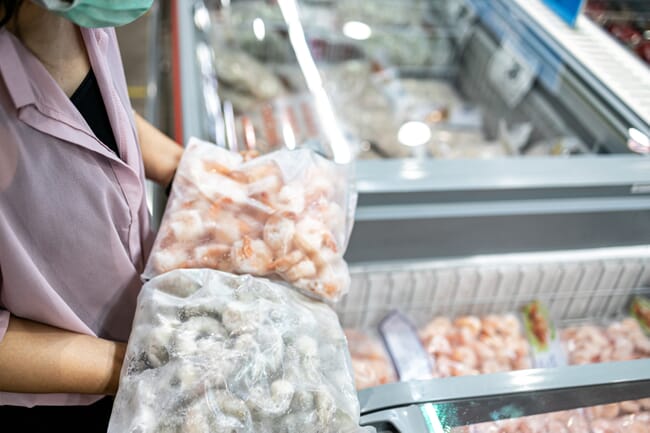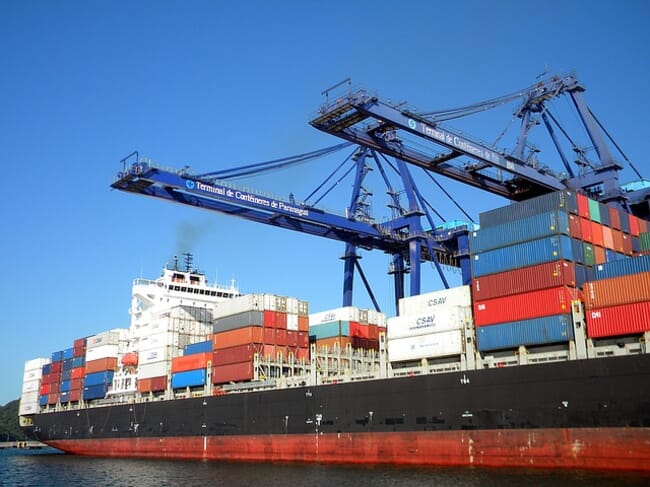
The FDA has seen food safety concerns for various imported seafood products along different points in the supply chain
According to a press release from the FDA, the pilot focusses on imported seafood because more than 90 percent of the US seafood supply comes from other countries. In the past, FDA has seen food safety concerns for various imported seafood products along different points in the supply chain. This pilot builds upon the two previous phases of the pilot under the New Era of Smarter Food Safety Blueprint, a programme that seeks to reduce the number of foodborne illnesses by leveraging technology to create a safer, more digital and traceable food system.
Machine learning (ML) is a type of AI that can help identify connections and patterns that people, or the FDA’s screening system, cannot see. These patterns are applied to incoming supply chains to help predict the likelihood that an import shipment is potentially harmful and not compliant with FDA regulations. The ability of ML to analyse data, already generated and used by the agency, makes it well suited for addressing complex public health challenges and helping the agency to ensure the safety of imported foods.
The third phase is designed to improve the agency’s ability to quickly identify imported seafood products that may be contaminated by illness-causing pathogens, decomposition, the presence of unapproved antibiotic residues or other hazards.
The knowledge gained from the pilot will enable the FDA to expand the use of ML when the FDA screens other regulated products and will inform future risk-based surveillance in products that present the greatest risk to consumers. The ultimate goal is to better protect consumers from unsafe foods by advancing the FDA’s ability to identify potential hazards.
The third phase, which began on 15 August 2022, will help to determine the feasibility of deploying in-house AI/ML models using the intelligence that FDA extracts from the data they collect reviewing millions of import entries per year. For example, there have been enhancements made that determine how machine learning algorithms can best complement field operations and improve the agency’s ability to identify products posing a threat quickly and efficiently. The agency is also looking at its seafood project portfolio to expand the use of machine learning to better protect consumers.

The third phase of the pilot programme will help determine the feasibility of using the in-house AI/ML tech on a broad portfolio of FDA imports
According to the release, machine learning gives the FDA the ability to analyse data from various sources to help inform agency decisions and target their resource at the borders. In a related shrimp pilot, the FDA focussed on areas of increased risk, such as shrimp contaminated by aquaculture drugs, for foreign inspections. This includes increased importer inspections, higher rates of sampling and examination, and use of non-traditional tools, such as third-party audits, specific to this commodity. The agency incorporated the data from this project into the Third Phase of AI Imported Seafood Pilot Programme, allowing for a more robust and larger targeted sampling.




